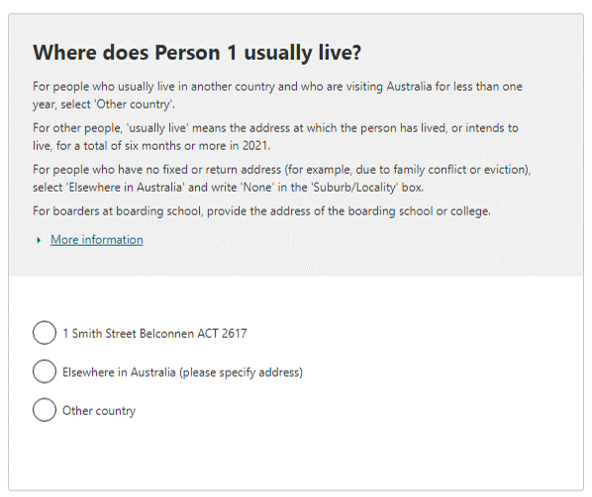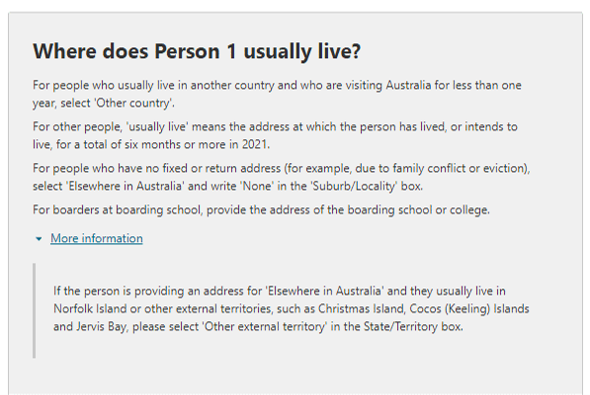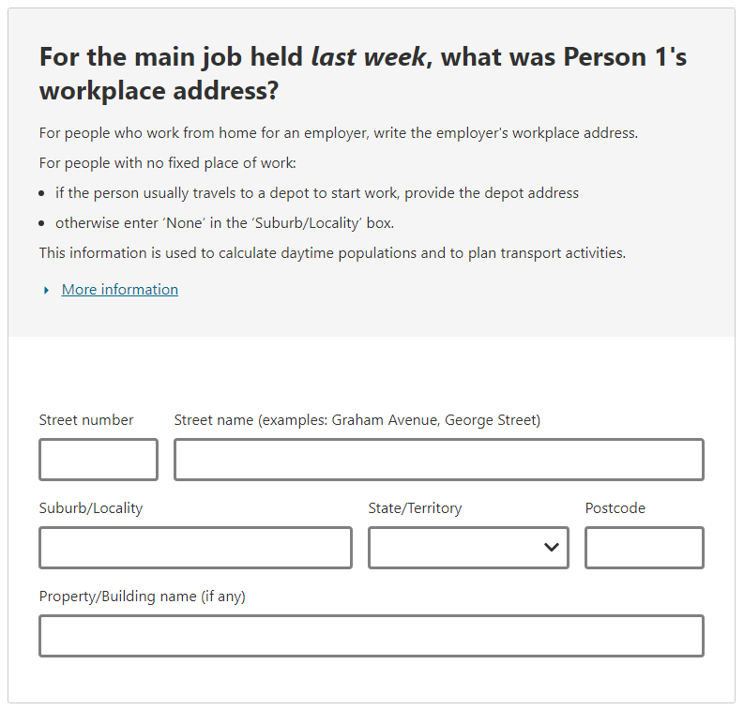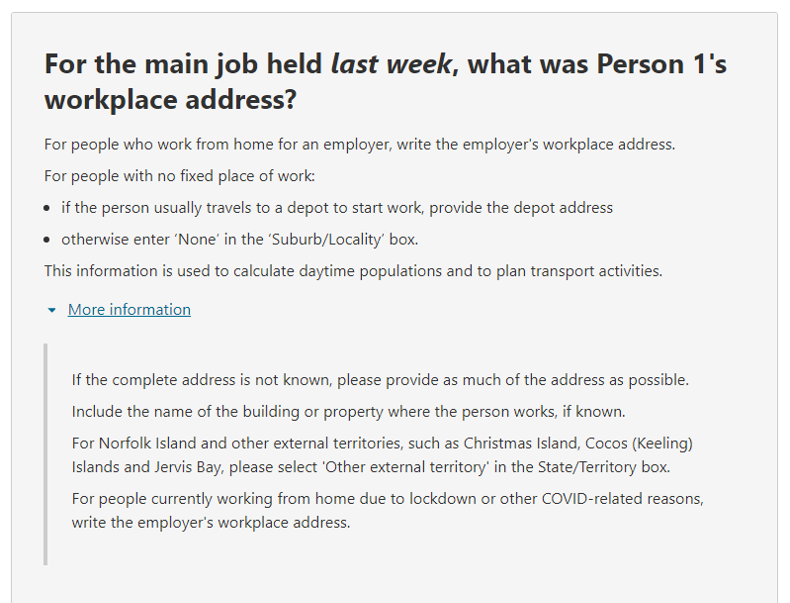| 1 | Nil distance | |||
| 10 | Nil distance | |||
| 100 | Nil distance | |||
| 1000 | Nil distance | |||
| 2 | Over 0 to less than 2.5 | |||
| 20 | Over 0 to less than 1 | |||
| 200 | Over 0 to less than 0.5 | |||
| 2000 | Over 0 to less than 0.5 | |||
| 201 | 0.5 to less than 1 | |||
| 2010 | 0.5 to less than 1 | |||
| 21 | 1 to less than 2.5 | |||
| 210 | 1 to less than 2.5 | |||
| 2100 | 1 to less than 1.5 | |||
| 2101 | 1.5 to less than 2 | |||
| 2102 | 2 to less than 2.5 | |||
| 3 | 2.5 to less than 10 | |||
| 30 | 2.5 to less than 5 | |||
| 300 | 2.5 to less than 5 | |||
| 3000 | 2.5 to less than 3 | |||
| 3001 | 3 to less than 4 | |||
| 3002 | 4 to less than 5 | |||
| 31 | 5 to less than 10 | |||
| 310 | 5 to less than 10 | |||
| 3100 | 5 to less than 6 | |||
| 3101 | 6 to less than 7 | |||
| 3102 | 7 to less than 8 | |||
| 3103 | 8 to less than 9 | |||
| 3104 | 9 to less than 10 | |||
| 4 | 10 to less than 30 | |||
| 40 | 10 to less than 20 | |||
| 400 | 10 to less than 15 | |||
| 4000 | 10 to less than 11 | |||
| 4001 | 11 to less than 12 | |||
| 4002 | 12 to less than 13 | |||
| 4003 | 13 to less than 14 | |||
| 4004 | 14 to less than 15 | |||
| 401 | 15 to less than 20 | |||
| 4010 | 15 to less than 16 | |||
| 4011 | 16 to less than 17 | |||
| 4012 | 17 to less than 18 | |||
| 4013 | 18 to less than 19 | |||
| 4014 | 19 to less than 20 | |||
| 41 | 20 to less than 30 | |||
| 410 | 20 to less than 25 | |||
| 4100 | 20 to less than 21 | |||
| 4101 | 21 to less than 22 | |||
| 4102 | 22 to less than 23 | |||
| 4103 | 23 to less than 24 | |||
| 4104 | 24 to less than 25 | |||
| 411 | 25 to less than 30 | |||
| 4110 | 25 to less than 26 | |||
| 4111 | 26 to less than 27 | |||
| 4112 | 27 to less than 28 | |||
| 4113 | 28 to less than 29 | |||
| 4114 | 29 to less than 30 | |||
| 5 | 30 to less than 50 | |||
| 50 | 30 to less than 50 | |||
| 500 | 30 to less than 40 | |||
| 5000 | 30 to less than 32 | |||
| 5001 | 32 to less than 34 | |||
| 5002 | 34 to less than 36 | |||
| 5003 | 36 to less than 38 | |||
| 5004 | 38 to less than 40 | |||
| 501 | 40 to less than 50 | |||
| 5010 | 40 to less than 42 | |||
| 5011 | 42 to less than 44 | |||
| 5012 | 44 to less than 46 | |||
| 5013 | 46 to less than 48 | |||
| 5014 | 48 to less than 50 | |||
| 6 | 50 to less than 250 | |||
| 60 | 50 to less than 100 | |||
| 600 | 50 to less than 60 | |||
| 6000 | 50 to less than 52 | |||
| 6001 | 52 to less than 54 | |||
| 6002 | 54 to less than 56 | |||
| 6003 | 56 to less than 58 | |||
| 6004 | 58 to less than 60 | |||
| 601 | 60 to less than 80 | |||
| 6010 | 60 to less than 62 | |||
| 6011 | 62 to less than 64 | |||
| 6012 | 64 to less than 66 | |||
| 6013 | 66 to less than 68 | |||
| 6014 | 68 to less than 70 | |||
| 6015 | 70 to less than 72 | |||
| 6016 | 72 to less than 74 | |||
| 6017 | 74 to less than 76 | |||
| 6018 | 76 to less than 78 | |||
| 6019 | 78 to less than 80 | |||
| 602 | 80 to less than 100 | |||
| 6020 | 80 to less than 85 | |||
| 6021 | 85 to less than 90 | |||
| 6022 | 90 to less than 95 | |||
| 6023 | 95 to less than 100 | |||
| 61 | 100 to less than 250 | |||
| 610 | 100 to less than 250 | |||
| 6100 | 100 to less than 110 | |||
| 6101 | 110 to less than 120 | |||
| 6102 | 120 to less than 130 | |||
| 6103 | 130 to less than 140 | |||
| 6104 | 140 to less than 150 | |||
| 6105 | 150 to less than 200 | |||
| 6106 | 200 to less than 250 | |||
| 7 | 250 and over | |||
| 70 | 250 and over | |||
| 700 | 250 and over | |||
| 7000 | 250 to less than 300 | |||
| 7001 | 300 to less than 350 | |||
| 7002 | 350 to less than 400 | |||
| 7003 | 400 to less than 600 | |||
| 7004 | 600 to less than 800 | |||
| 7005 | 800 to less than 1000 | |||
| 7006 | 1000 to less than 3000 | |||
| 7007 | 3000 and over | |||
| @ | Not applicable | |||
| @@ | Not applicable | |||
| @@@ | Not applicable | |||
| @@@@ | Not applicable |
Number of categories:
- One digit: 8
- Two digit: 12
- Three digit: 18
- Four digit: 79
The nil distance category comprises:
- Persons whose mesh block of PURP and mesh block of POWP were the same and stated they:
- 'Worked from home'
- 'Did not go to work'
- 'Mode not stated’
- Persons with the same mesh block of PURP and mesh block of POWP where the centre points were not weighted to different locations
The Not applicable (@) category comprises:
- Persons who were unemployed, not in the labour force, or whose labour force status was not stated
- Persons under 15 years of age
- Overseas visitors
- Persons who were coded to Special purpose codes



